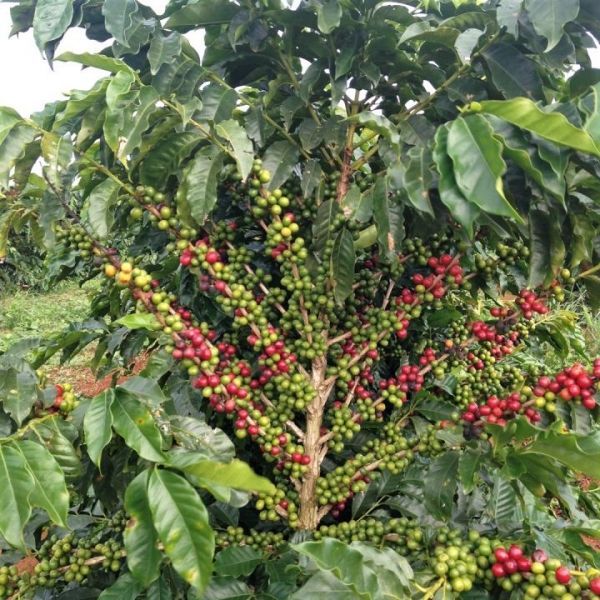Each day, more than 2 billion cups of coffee are consumed worldwide.
Developing countries produce about 90% of the beans used to make all those lattes, espressos and mochas. That makes coffee a key source of revenue and livelihood for millions of people worldwide.
But coffee plants have up-and-down yield patterns. Years with high yields are often followed by years with low yields and vice-versa. This alternating pattern of high and low yields is called the “biennial effect”.
“It’s like physiological recovery,” says Indalécio Cunha Vieira Júnior. “Coffee plants need to ‘vegetate’ for a year to produce well the following year.” Cunha is a researcher at the Federal University of Lavras in Brazil.
Read more at American Society of Agronomy
Image: This coffee bean plant of the cultivar 'Catigua' in its high production year. Catigua is one of the most commercially-grown cultivars in Brazil. (Credit: César Elias Botelho)


